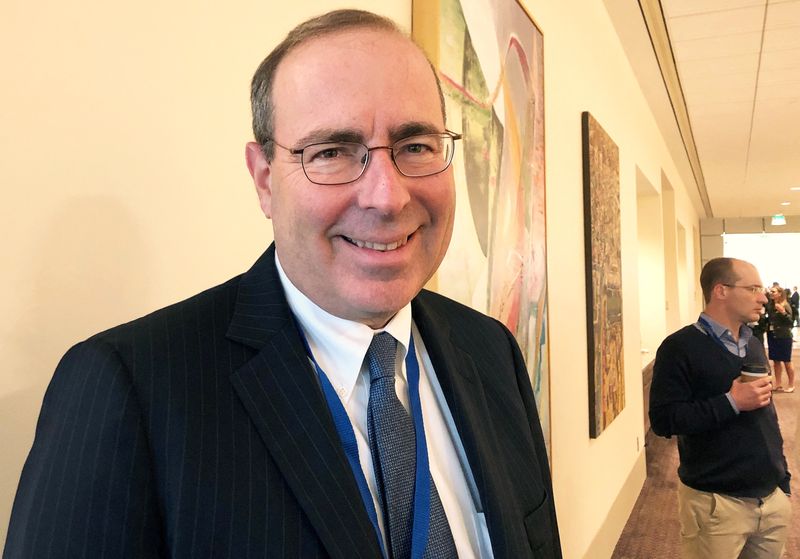(Reuters) - The United States is likely in a sustained period in which there will remain a shortage of workers, complicating the Federal Reserve's aim of getting labor demand back into balance, Richmond Fed President Thomas Barkin said on Friday.
"Labor supply looks like it will remain constrained...and the Fed's efforts to bring demand back into balance won't be easy," Barkin said in a speech to an event in Virginia, as he pointed to households still having about $1.3 trillion more in savings then they did pre-pandemic and fiscal stimulus in a recent infrastructure package passed by Congress as providing further headwinds to those efforts.
"Fewer workers would constrain our growth and pressure inflation until businesses and governments can deliver productivity enhancements and/or structure incentives to bring more workers into the workforce," Barkin added.
His remarks were prepared before the release of a closely watched government employment report, which showed U.S. employers hired more workers than expected in November and raised wages despite mounting worries of a recession, complicating the Fed's intention to start slowing the pace of its interest rate hikes at its next policy meeting on Dec. 13-14.
Alongside higher borrowing costs, a slowdown in job growth is necessary to create conditions that will soften demand across the economy and help return the pace of price increases back toward the Fed's 2% goal.
Barkin has repeatedly referenced the labor force challenge ahead in speeches over the past few months, a topic that has come to the fore among other Fed policymakers.
Longer-term trends have been amplified by the pandemic, particularly the demographic drag that an aging population, COVID-era retirements, and weak immigration are having on the labor force.

Fed Chair Jerome Powell earlier this week also outlined the longer-term shifts that may forewarn a long period of elevated interest rates and inflation that responds only slowly to the Fed's restrictive policy.
The U.S. central bank has raised its policy rate by 375 basis points since March from near zero to a 3.75%-4.00% range as it seeks to bring high inflation back down to its 2% target.